2. Pralomkarn W, Supakorn C, Boonsanit D. Knowledge in goats in Thailand. Walailak J Sci Technol 2011; 9:93â105.
3. Corazzin M, Del Bianco S, Bovolenta S, Piasentier E. Carcass characteristics and meat quality of sheep and goat. Lorenzo JM, Munekata PES, Barba FJ, ToldrĂĄ F, editorsMore than beef, pork and chickenâthe production, processing, and quality traits of other sources of meat for human diet. Cham, Switzerland: Springer; 2019. p. 119â65.
https://doi.org/10.1007/978-3-030-05484-7_6

5. Sangsawad P, Roytrakul S, Yongsawatdigul J. Angiotensin converting enzyme (ACE) inhibitory peptides derived from the simulated in vitro gastrointestinal digestion of cooked chicken breast. J Funct Foods 2017; 29:77â83.
https://doi.org/10.1016/j.jff.2016.12.005

6. Martini S, Conte A, Tagliazucchi D. Comparative peptidomic profile and bioactivities of cooked beef, pork, chicken and turkey meat after in vitro gastro-intestinal digestion. J Proteom 2019; 208:103500
https://doi.org/10.1016/j.jprot.2019.103500

8. Vermeirssen V, Van Camp J, Verstraete W. Bioavailability of angiotensin I converting enzyme inhibitory peptides. Br J Nutr 2004; 92:357â66.
https://doi.org/10.1079/BJN20041189


9. Xu Q, Hong H, Wu J, Yan X. Bioavailability of bioactive peptides derived from food proteins across the intestinal epithelial membrane: a review. Trends Food Sci Technol 2019; 86:399â411.
https://doi.org/10.1016/j.tifs.2019.02.050

13. Liu F, Meng L, Gao X, Li X, Luo H, Dai R. Effect of end point temperature on cooking losses, shear force, color, protein solubility and microstructure of goat meat. J Food Process Preserv 2013; 37:275â83.
https://doi.org/10.1111/j.1745-4549.2011.00646.x

14. BÄąyÄąklÄą M, AkoÄlu A, Kurhan Ĺ, AkoÄlu Ä°T. Effect of different Sous Vide cooking temperature-time combinations on the physicochemical, microbiological, and sensory properties of turkey cutlet. Int J Gastron Food Sci 2020; 20:100204
https://doi.org/10.1016/j.ijgfs.2020.100204

18. Das AK, Rajkumar V. Comparative study on carcass characteristics and meat quality of three Indian goat breeds. Indian J Anim Sci 2010; 80:1014â8.
19. Latimer GW. Official methods of analysis of AOAC international. Gaithersburg, MD, USA: AOAC International; 2016.
20. Hamzeh A, Noisa P, Yongsawatdigul J. Characterization of the antioxidant and ACE-inhibitory activities of Thai fish sauce at different stages of fermentation. J Funct Foods 2020; 64:103699
https://doi.org/10.1016/j.jff.2019.103699

21. Sangsawad P, Kiatsongchai R, Chitsomboon B, Yongsawatdigul J. Chemical and cellular antioxidant activities of chicken breast muscle subjected to various thermal treatments followed by simulated gastrointestinal digestion. J Food Sci 2016; 81:C2431â8.
https://doi.org/10.1111/1750-3841.13418


22. Adler-Nissen J. Determination of the degree of hydrolysis of food protein hydrolysates by trinitrobenzenesulfonic acid. J Agric Food Chem 1979; 27:1256â62.
https://doi.org/10.1021/jf60226a042


23. Liang N, Kim BJ, Dallas DC. Bioavailability of peptides derived from the in vitro digestion of human milk assessed by caco-2 cell monolayers. J Agric Food Chem 2022; 70:7077â84.
https://doi.org/10.1021/acs.jafc.2c01246


24. Sangsawad P, Roytrakul S, Choowongkomon K, et al. Transepithelial transport across Caco-2 cell monolayers of angiotensin converting enzyme (ACE) inhibitory peptides derived from simulated in vitro gastrointestinal digestion of cooked chicken muscles. Food Chem 2018; 251:77â85.
https://doi.org/10.1016/j.foodchem.2018.01.047


25. Mohammed HHH, Jin G, Ma M, et al. Comparative characterization of proximate nutritional compositions, microbial quality and safety of camel meat in relation to mutton, beef, and chicken. LWT 2020; 118:108714
https://doi.org/10.1016/j.lwt.2019.108714

29. Rotola-Pukkila MK, Pihlajaviita ST, Kaimainen MT, Hopia AI. Concentration of umami compounds in pork meat and cooking juice with different cooking times and temperatures. J Food Sci 2015; 80:C2711â6.
https://doi.org/10.1111/1750-3841.13127


34. Liu Y, Zhang L, Gao S, et al. Effect of protein oxidation in meat and exudates on the water holding capacity in bighead carp (Hypophthalmichthys nobilis) subjected to frozen storage. Food Chem 2022; 370:131079
https://doi.org/10.1016/j.foodchem.2021.131079


36. Ganapathy V, Ganapathy ME, Leibach FH. Protein digestion and assimilation. Yamada T, editorTextbook of gastroenterology. Oxford, UK: Blackwell Publishing Ltd; 2008. p. 464â77.
https://doi.org/10.1002/9781444303254.ch19

38. Ketnawa S, Suwal S, Huang JY, Liceaga AM. Selective separation and characterization of dual ACE and DPP-IV inhibitory peptides from rainbow trout (Oncorhynchus mykiss) protein hydrolysates. Int J Food Sci Technol 2019; 54:1062â73.
https://doi.org/10.1111/ijfs.13939

39. HernĂĄndez-Olivas E, MuĂąoz-Pina S, GarcĂa-HernĂĄndez J, AndrĂŠs A, Heredia A. Impact of common gastrointestinal disorders in elderly on in vitro meat protein digestibility and related properties. Food Biosci 2022; 46:101560
https://doi.org/10.1016/j.fbio.2022.101560

42. Lacroix IME, Chen XM, Kitts DD, Li-Chan ECY. Investigation into the bioavailability of milk protein-derived peptides with dipeptidyl-peptidase IV inhibitory activity using Caco-2 cell monolayers. Food Funct 2017; 8:701â9.
https://doi.org/10.1039/C6FO01411A


43. Sangsawad P, Choowongkomon K, Kitts DD, Chen XM, Li-Chan ECY, Yongsawatdigul J. Transepithelial transport and structural changes of chicken angiotensin I-converting enzyme (ACE) inhibitory peptides through Caco-2 cell monolayers. J Funct Foods 2018; 45:401â8.
https://doi.org/10.1016/j.jff.2018.04.020

44. Gallego M, Grootaert C, Mora L, Aristoy MC, Camp JV, ToldrĂĄ F. Transepithelial transport of dry-cured ham peptides with ACE inhibitory activity through a Caco-2 cell monolayer. J Funct Foods 2016; 21:388â95.
https://doi.org/10.1016/j.jff.2015.11.046

45. Miguel M, GĂłmez-Ruiz JĂ, Recio I, Aleixandre A. Changes in arterial blood pressure after single oral administration of milk-casein-derived peptides in spontaneously hypertensive rats. Mol Nutr Food Res 2010; 54:1422â7.
https://doi.org/10.1002/mnfr.200900448


46. GarzĂłn AG, Ferreira MdR, Cian RE, Oliva ME, DâAlessandro ME, Drago SR. Microencapsulated bioactive peptides from brewerâs spent grain promotes antihypertensive and antidiabetogenic effects on a hypertensive and insulin-resistant rat model. J Food Biochem 2022; 46:e14283
https://doi.org/10.1111/jfbc.14283


47. Pei J, Liu Z, Pan D, Zhao Y, Dang Y, Gao X. Transport, stability, and in vivo hypoglycemic effect of a broccoli-derived DPP-IV inhibitory peptide VPLVM. J Agric Food Chem 2022; 70:4934â41.
https://doi.org/10.1021/acs.jafc.1c08191




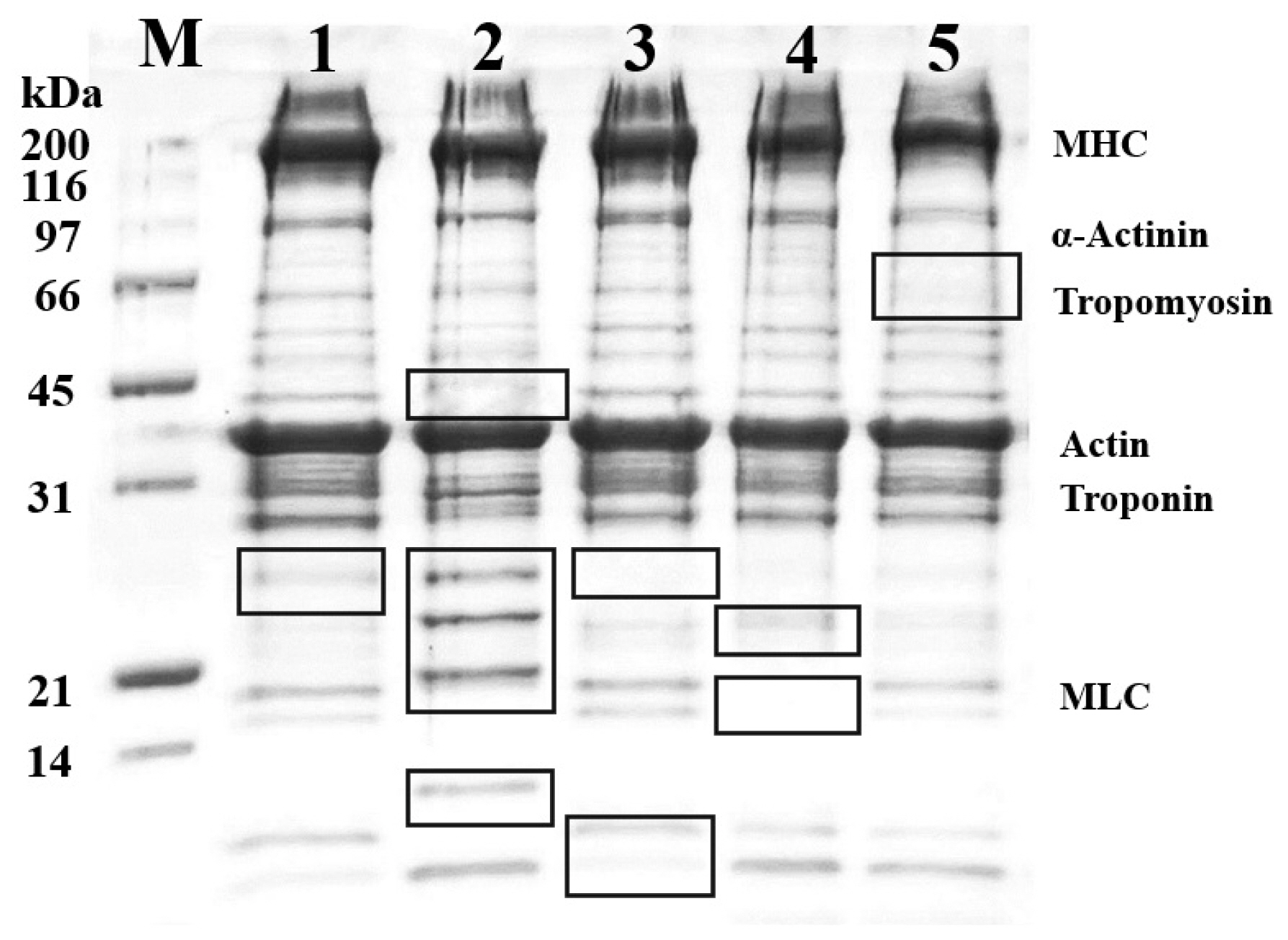
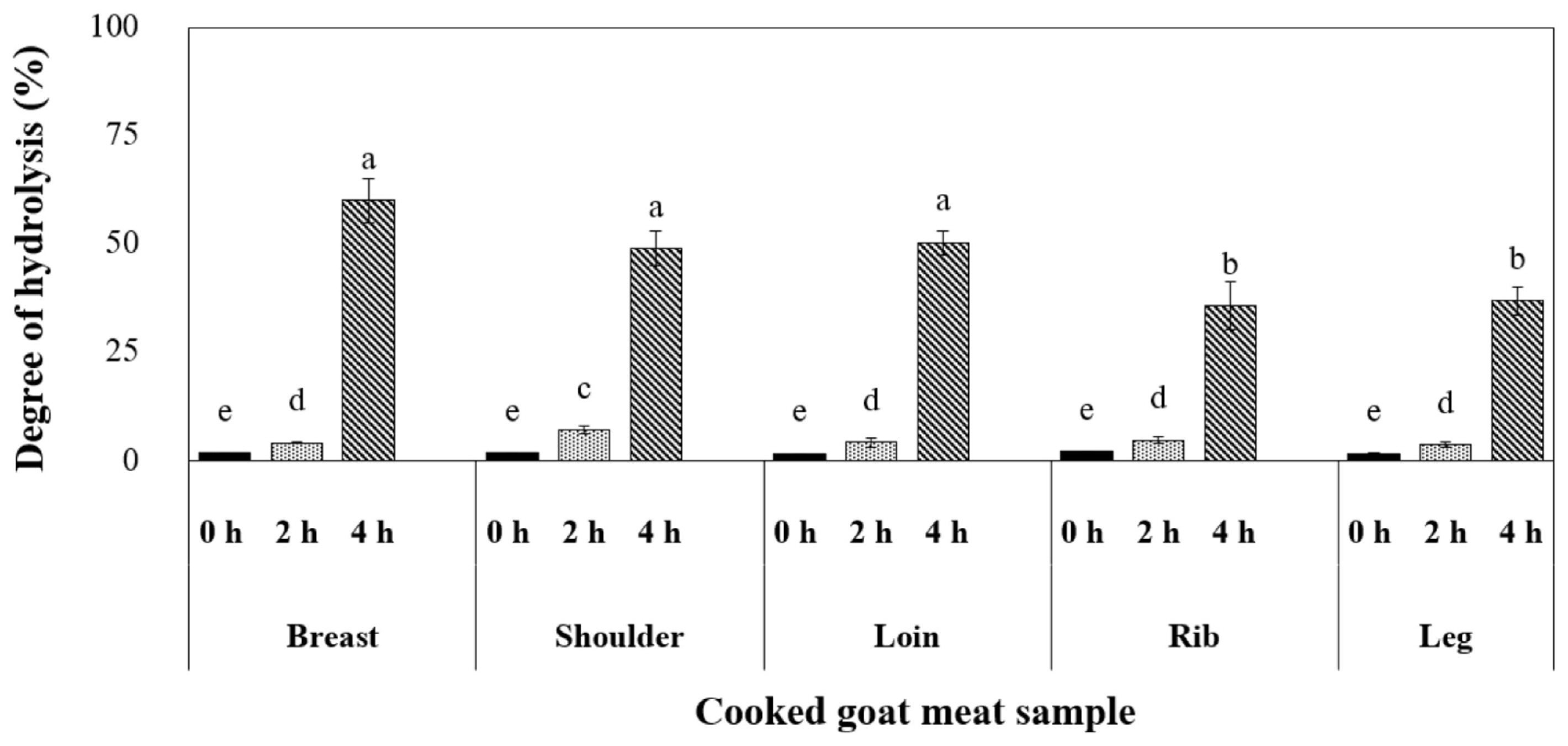
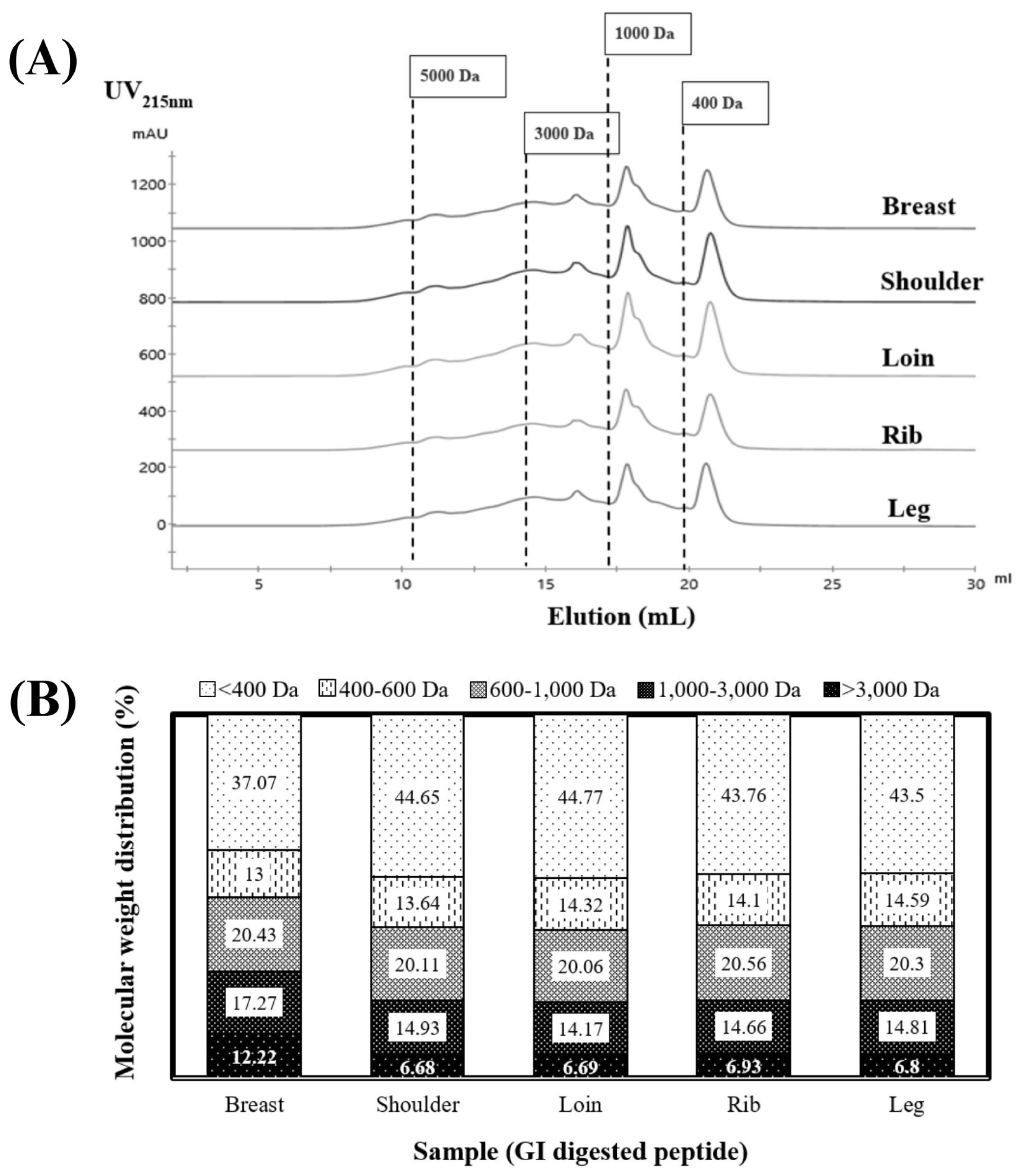
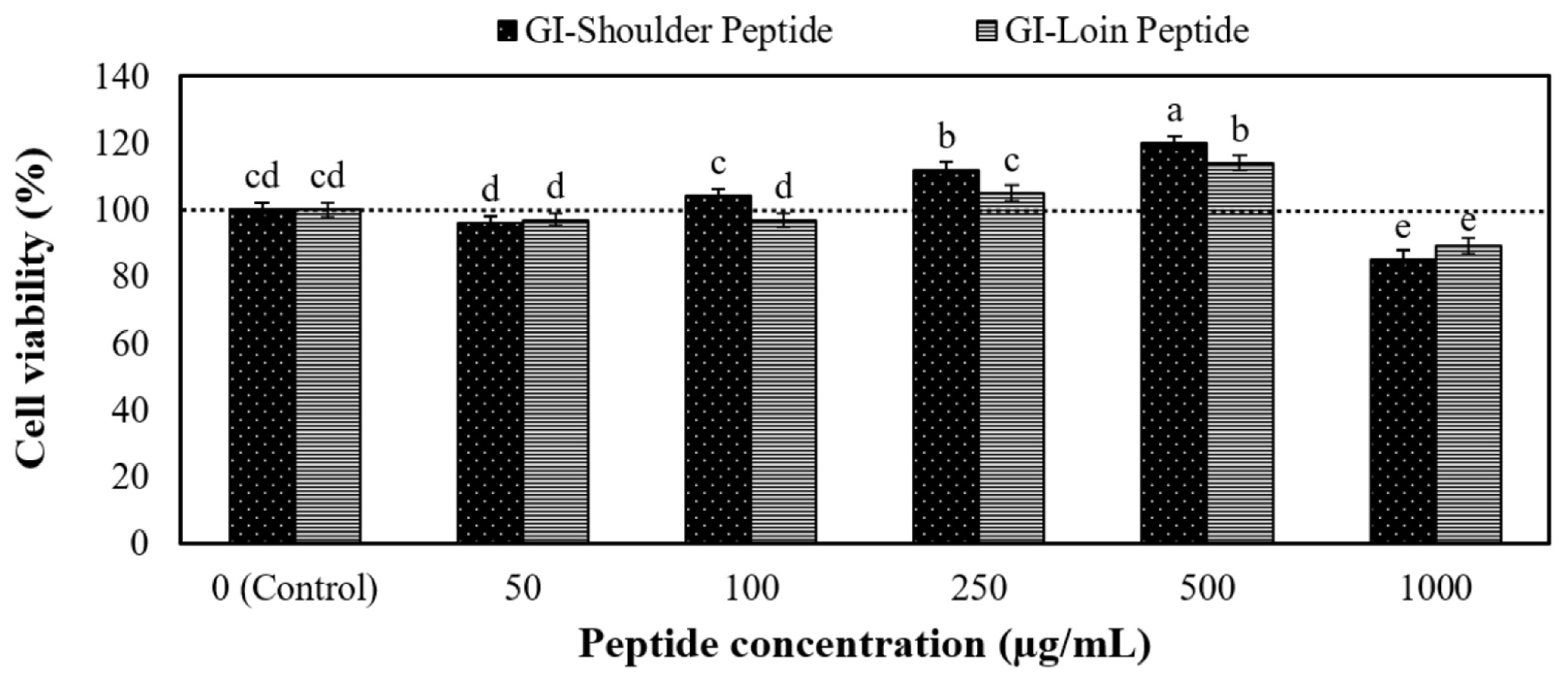
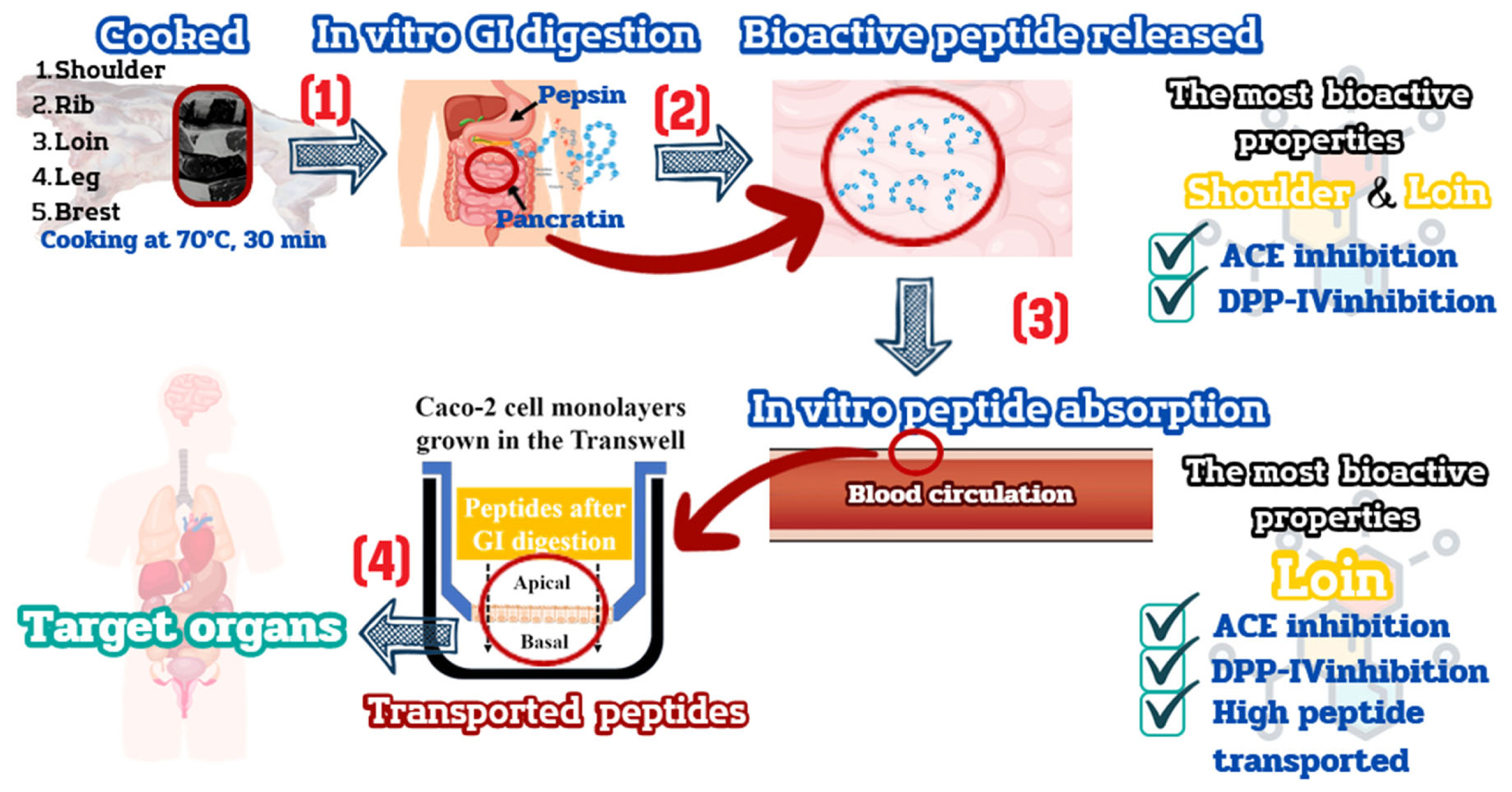







 PDF Links
PDF Links PubReader
PubReader ePub Link
ePub Link Full text via DOI
Full text via DOI Full text via PMC
Full text via PMC Download Citation
Download Citation Print
Print





